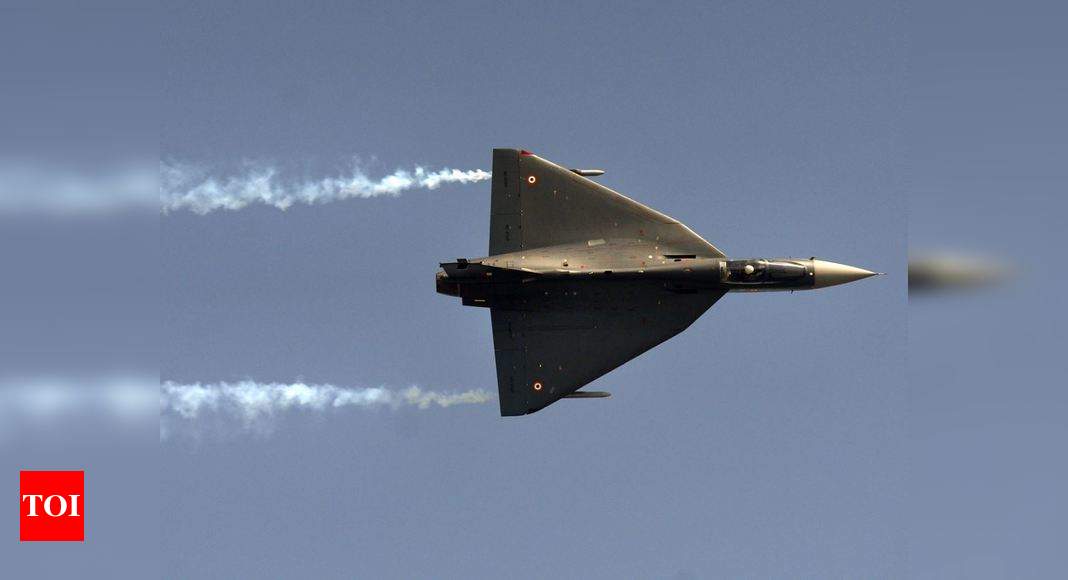- Joined
- Mar 24, 2009
- Messages
- 4,988
- Likes
- 9,937
We do produce these passive components locally though not to the scale of Japanese, Koreans, Chinese or Taiwanese. Who says Chinese haven't been successful at beating them. Chinese are successfully taking on these so called established vendors. This section is highly unorganized hence you won't get names of all players. As a matter of fact anything assembled in PRC uses their local passive components by default unless specifically instructed not to.We don't even produce passive components like resistors, capacitors and inductors for use in commercial and defense applications. Japanese and Koreans dominate this sector. Chinese haven't been successful at beating them.
We are more or less self-sufficient in this field though nowadays people tend to outsource production to PRC. Though almost all raw materials and machinery are imported from PRC>In PCB's Chinese dominate it. I am not sure where we are in this area. There are certain PCB makers in India, whether they are fully self reliant is something I could not ascertain. And I don't have to tell about chips. We don't even manufacture small Micro chips.
The point is who will we sell to? Unless that question is answered how much our government dances the project will not have tangible result no matter how much money you spend.Our electronics and semiconductor sector alone requires 1 lakh crore infusion every year until 2040 if we have to become self reliant.
You are highly overestimating the importance of Indians. Most Indians do design validation, tetsing and software development. Core R&D is done in US and they outsource laborious non-critical jobs to country like India.We have the talent who are unfortunately working for big American companies who in turn sell the tech developed by Indians to us at marked up price. AMD, Qualcomm, Intel, Texas Instruments, Analog devices derive lot of R & D from India. AMD and Qualcomm has more open positions to fill in India next only to USA. We need a dedicated city like Shenzhen for hardware. PLI schemes are not going to cut it. It is unfortunate we are not thinking of building an entire city just for this sectors alone given the importance it has to national security. We need to get at least a mature node 14nm fab going to make FPGA's, Microcontrollers and specialized chips in Embedded applications. With our volatile democracy I highly doubt it will happen anytime soon.
Do people actually know advantages of smaller nodes or they just type whatever node size that would like India to have for semi-conductor fabrication?
14nm is a bleeding edge technology that will be very difficult to acquire.
Getting 65nm is also suffice, just because some company is using 7nm or 5 nm doesn't mean do the same.




